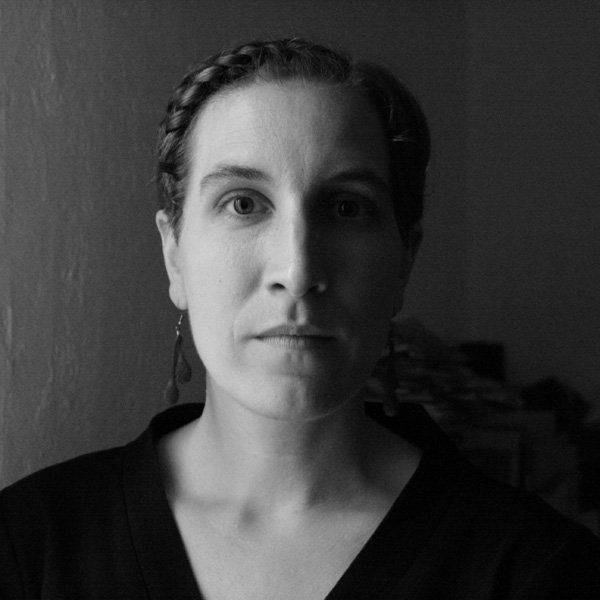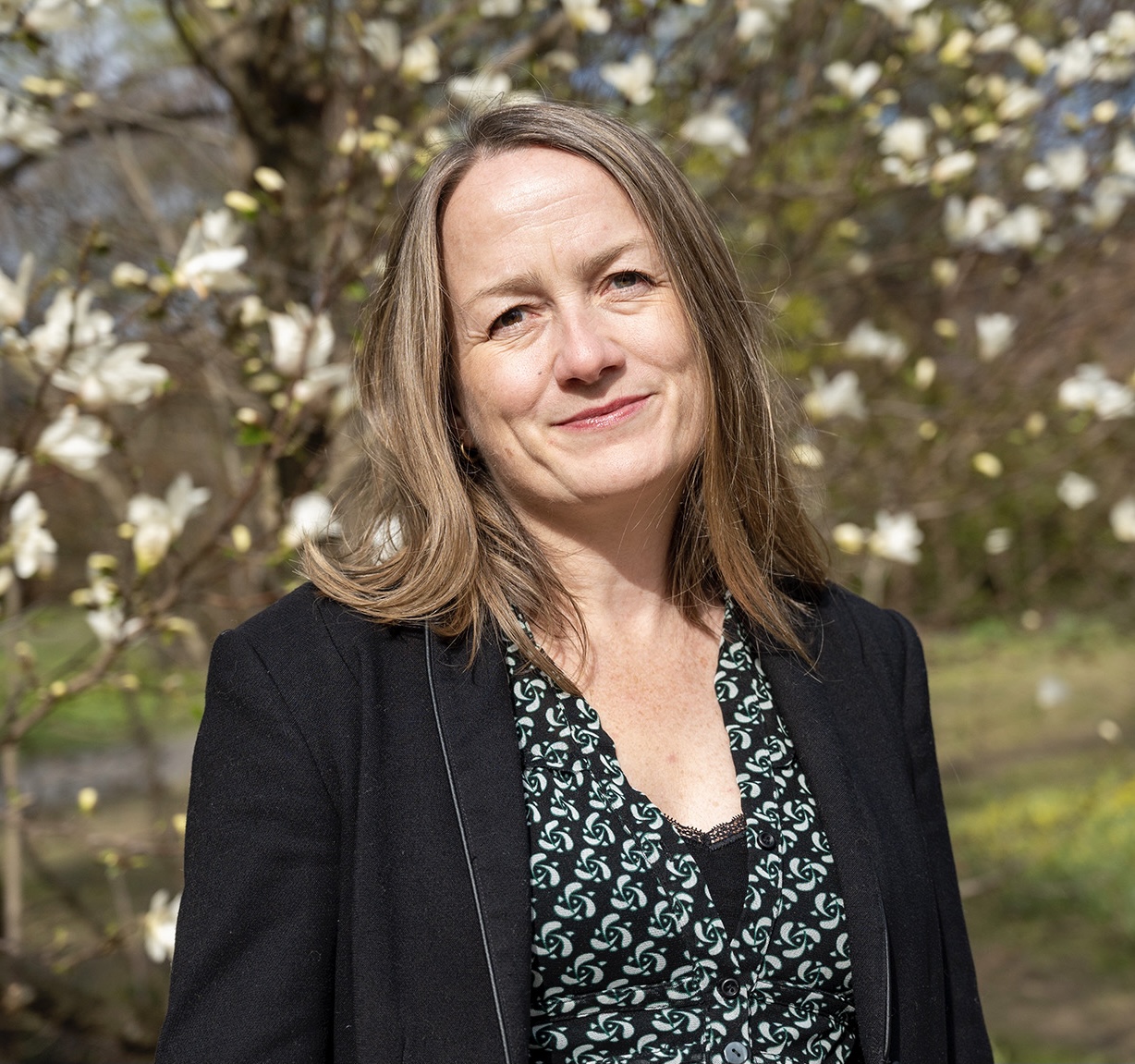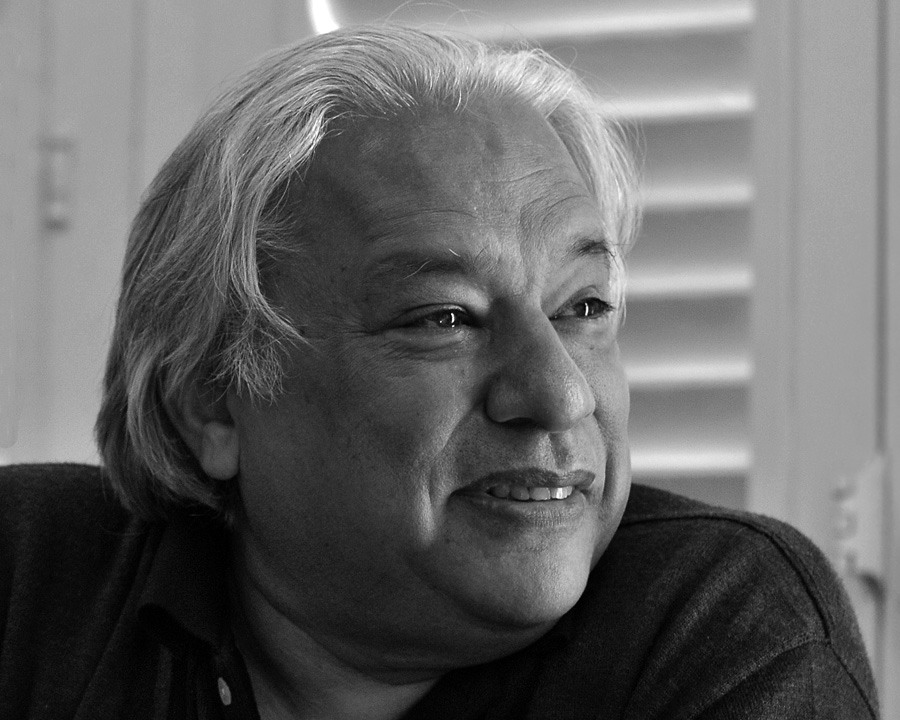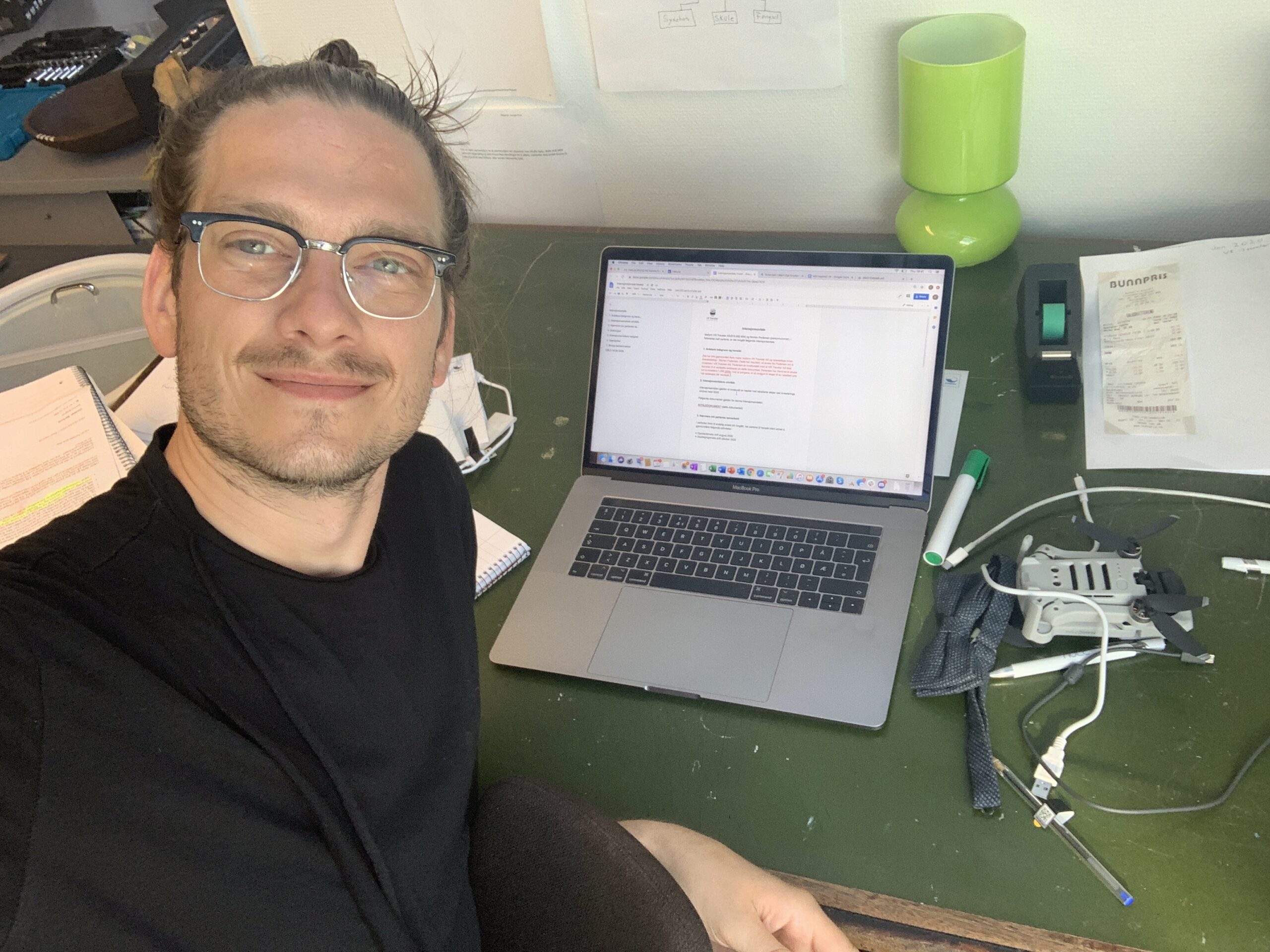(THIS ARTICLE IS MACHINE TRANSLATED by Google from Norwegian)
The World Urban Forum (WUF) is the UN's largest popular event. This is primarily an arena for civil society, researchers, business, local authorities and the media, but the member states also participate. It is organized every two years by the UN settlement program in collaboration with the authorities of the host country and city. We participated in the 11th, which was held in Katowice in Poland 26-30. June this year.
In the Global South
Kathrin Golda Pongratz, professor at the UIC Barcelona School of Architecture
(kathrin@pongratz.org):
- The concept «peripheral urbanization» is increasingly used to describe uncontrolled and unplanned urban growth, especially in Africa, Asia and Latin America. What does the concept entail?

– The Brazilian anthropologist Teresa Caldeira, whom I interviewed in 2017, refers to "peripheral urbanization" as "a way of making cities". Caldeira has carefully studied how cities, especially in the Global South, have grown over the past decades, mainly through the gradual "auto-construction" of their citizens. Not only of own houses, but also of whole neighbourhoods. Although they bypass official planning regulations and government control, and are therefore often described as "informal", they adapt to the logic of capitalist markets and often operate consciously within their niches. Many of the founders of these urban fringes – migrants are in the majority – become citizens with their own rights and emerge as politically relevant actors. They claim the city as their own.
We argue that such peripheries actually show that the traditional concept of center and periphery is no longer sufficient. The traditional urban core, the fast-growing urban outskirts and other subaltern urban spaces are economically and socially absolutely interdependent and embedded in a global dynamic.
I have studied such interdependence and new relationships between urban structures in Lima, Peru, where urbanization through agriculture, collective space construction and a gradual tolerance of the state towards land occupiers (slums), have contributed to important, challenging questions. For example, what constitutes the difference between a settlement and a city and where does the urban begin.
- How can citizens' basic needs be ensured?
- Despite the interdependence and a growing awareness of the political and economic forces in the self-built cities of the Global South, peripheral urbanization is clearly characterized, if not produced, by social and spatial inequalities. The inequalities generate, interestingly enough, new patterns, new economic activities and new land markets, but also create and maintain a persistent absence of urban policies that can ensure their integration. At the same time, many of the city's self-builders today face major difficulties when it comes to builders and country traffickers. The niches are often disputed, and the citizens' basic needs and security are not guaranteed. This is where there is an urgent need for measures from local authorities and where political and legal frameworks must be created to improve living conditions and secure the basis of life, something people have struggled for for decades.
Many such "peripheries", in a process of continuous improvement, are very often self-organised and community- or NGO-driven. A realistic strategy is to provide support for developing tools and methods for a participatory neighborhood upgrade. And at the same time enable and legally support the inhabitants as responsible actors and protectors of their cultural heritage and ecological balance in their own habitat.
Greenland and Tøyen
Kjersti Grut. Program manager Area lift Greenland and Tøyen
(kjerstigut@gmail.com):
– In cities around the world increases the number development measures for the marginalized – termed as «area development. What can we learn from what is done?

- The experiences from Mukuru Special Planning Area (SPA) – a large informal settlement in Nairobi – shows how citizens, civil society, authorities, academia and business can come together to upgrade and improve the living conditions of the most vulnerable sections of the population. Voluntary organizations play a key role where they contribute to an open exchange of knowledge in which both citizens and partners are part. It provides common concepts, methods and capacity building. This in turn has a mobilizing effect and provides inclusive development processes. A step-by-step follow-up also builds ownership and trust in the local community for more long-term solutions. Norway can learn a lot from Mukuru's approaches to mobilisation, capacity building and interdisciplinary partnerships. The result is flexible urban development.
– What practice and experience can, for example, the Area Lift in Greenland and The clothes offer cities in the global south?
- Grønland and Tøyen in the Gamle Oslo district have complex living conditions challenges and a location that increases the need to strengthen living and growing up environments, increase well-being in neighborhoods and public urban spaces. The area lift draws resources and solutions across various subject areas in state and municipal enterprises – in a holistic area policy. The investment will make the local environment more pleasant and the municipal services better.
The citizens participate actively in the local environment through the area promise, for example by contributing to job offers for young people, in upgrading parks and in
preparation of the annual planning basis. Voluntary organizations contribute to varied leisure facilities and activated public urban spaces through the public budget, grants or partnership agreements with the district. By working together, the municipality gets more ideas and resources to solve challenges that residents know best. Norway can internationally share knowledge about such living conditions in vulnerable areas through active citizen involvement and partnerships with local organizations and businesses.
Karachi
Arif Hassan, Pakistani architect, community planner, activist and researcher
(arifhasan37@gmail.com):
- At independence (1947), Karachi had a population of 450. Today it has unofficially reached 000 million and is one of the largest cities in Asia. What consequences has the growth in population and density had?

- The enormous increase is particularly a result of migration from all over South Asia. The state has failed to provide land or housing for the poorer sections of the migrant
the population. One result is that 62 percent of Karachis population lives in informal settlements created next to the center when the city was small. In this way, they lived close to workplaces and social facilities. However, the city has grown, and today affordable land for the poor is available only on the outskirts of the expanded city. Commuting to work and accessing social facilities costs a lot of time and money.
To meet the challenge, the old informal settlements, which usually consisted of an 80 square meter plot with one family, have started to become high-rise buildings of four to five floors. It has densified the area, created tenants, deprived women and children of the street environment, as well as created infrastructure problems related to water and sewage management. Development is driven by informal developers and capital. The density of such settlements can be as high as 3000 people per hectare.
62 percent of Karachi's population lives in informal settlements.
- What role has the formal property sector and its national and international partners played?
- The challenge is that country property in the city has also shrunk for the middle class and the elite. The formal real estate sector has responded by creating huge gated townships on the periphery of the city and along Karachi's coast. One of the settlements is almost the size of Manhattan – the land has been acquired from existing village populations through coercion and informal support from state institutions such as the police. Whole villages have been razed to the ground without compensation to the local population: Orchards and farmland have been destroyed. The result is that Karachi's rural areas, which in 1985 supplied 70 percent of vegetables and fruit to the city, in 2013 account for only 10 percent.
What is now proposed is to connect these new elite cities to the "old city" through motorways along the river basins. In that process, they "kill" the city's green areas, archaeological sites and several villages. They are being replaced with high-rise buildings. Along the coast, mangrove forests have been destroyed to pave the way for residential communities.
This development occurs as a result of links between politicians, bureaucrats and locally or internationally financed real estate companies. If this continues, Karachi will become a concrete jungle. Many other South Asian cities have similar problems.
More gender friendly
Kalpana Viswanath, founder of Safetipin
(viswanath.kalpana@gmail.com):
- What is Safetipin, why is the initiative necessary and how does it relate to safety in everyday life for women and girls?
- Safetipin is a viral enterprise that makes technology and data available to women, especially from excluded and vulnerable environments, to make cities and public spaces safer and more inclusive. It provides more mobility for women, who can exercise their "right of use to the city" through increased access to work and education. And thereby affect their life situation. During the last 9 years, Safetipin has worked in 50 cities in India and also globally.

For the last 9 years, Safetipin has worked in 50 cities in India.
We believe that urban systems (policies, services, practices, programs) can be made more gender-friendly if they relate to data that reflect the lived reality of different groups of women. We have followed a three-pronged approach – deployment of technology tools, participatory data collection and integration of gender indicators. Information is collected through various technology tools and shared with the authorities, who then implement our recommendations on changes to physical infrastructure such as lighting, walking distance, mobility and public transport, as well as the design of public spaces. Concretely and daily, we offer people data through the apps Safetypin Nite and Safetypin Site so that they can make safe choices regarding itineraries, means of transportation and so on.
We are trying to change women's experience of the city from fear, violence and exclusion to freedom of action and empowerment, as well as raising awareness and promoting action by local and national authorities as well as civil society.
- Gender-based violence reflects a deeper form of disrespect for women and girls. How does "Safetipin" promote more long-term and comprehensive changes in relation to women and girls?
- To encourage women to participate, our cities must be designed as gender-friendly, gender-responsive and gender-inclusive safe spaces. Gender-based violence and sexual harassment in public spaces and public transport is an everyday reality for women all over the world. Lack of security, fear and the feeling of being excluded in such contexts affect women across social divides. The challenges are greatest for women in low-income communities who live in the informal sector.
Urban planning and design are still male-dominated disciplines, and part of our work is therefore aimed at changing the attitudes of both the profession and the politicians. We do this through workshops, training and interactive measures that reveal biases and discriminatory attitudes. The diversity of the urban experience must be recognised.
Agoraphobia and exposure therapy
Kim Link, director Nordic Neurothec (NNT) (kim@nnt.no):
- What is agoraphobia and how widespread is it?
- The symptoms of agoraphobia can be many, and there is much we do not know in relation to how many people struggle with this. Agoraphobia concerns the fear of leaving one's home, being in open spaces, crossing a bridge, visiting a shopping centre, being alone in a social setting – and losing control in a public space, being in a place where one does not have the opportunity to sour cream. These are many of the symptoms we find in PTSD (post-traumatic stress syndrome) and other anxiety disorders. Agoraphobia affects many people to a greater or lesser extent and often in combination with fear which in turn creates anxiety.

The fear of leaving one's home, being in open spaces, crossing a bridge, visiting a shopping center.
- What solutions does Nordic Neurotech have to treat agoraphobia? What is «innovative virtual reality' tools?
- Nordic Neurotech works systematically with solutions through virtual reality, where a person is exposed to their fear through a 360 degree filming/simulation. This means that NNT uses cameras that film 360 degrees in high resolution
- so that the user can put on VR glasses and experience situations under safe circumstances at home on the sofa
one. The user can thus get used to facing their fears and understand more about how to react in such situations – and that they are not so dangerous. This is done with gradual adaptation in relation to degree of difficulty based on how extreme the exposures are.
When NNT creates simulations, it is done together with psychologists, neuroscientists, sociologists and therapists who work with people who have such challenges.
In the fight for better mental health, it is important to create tools that are scalable and give each individual the opportunity to train themselves in the situations. Something that today can only be done in the physical space. We are one of the leaders in exposure therapy in Europe. We are currently building a research center (NNT Science Lab) of 1000 square meters to do more applicable research. The goal is to ensure that the future looks brighter for people who have challenges with, among other things, agoraphobia.
For an extended report from WUF see also www.habitat-norge.org


